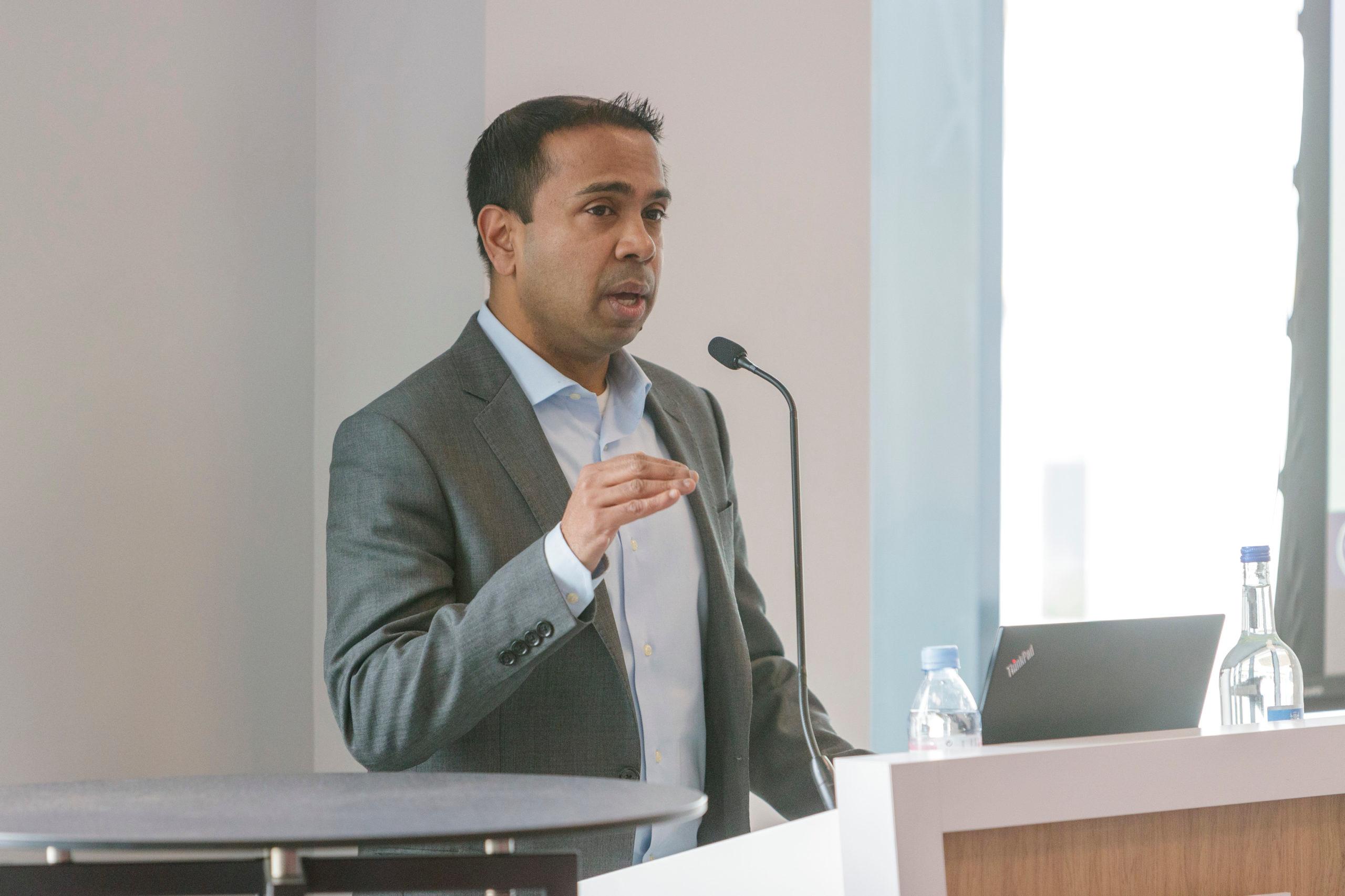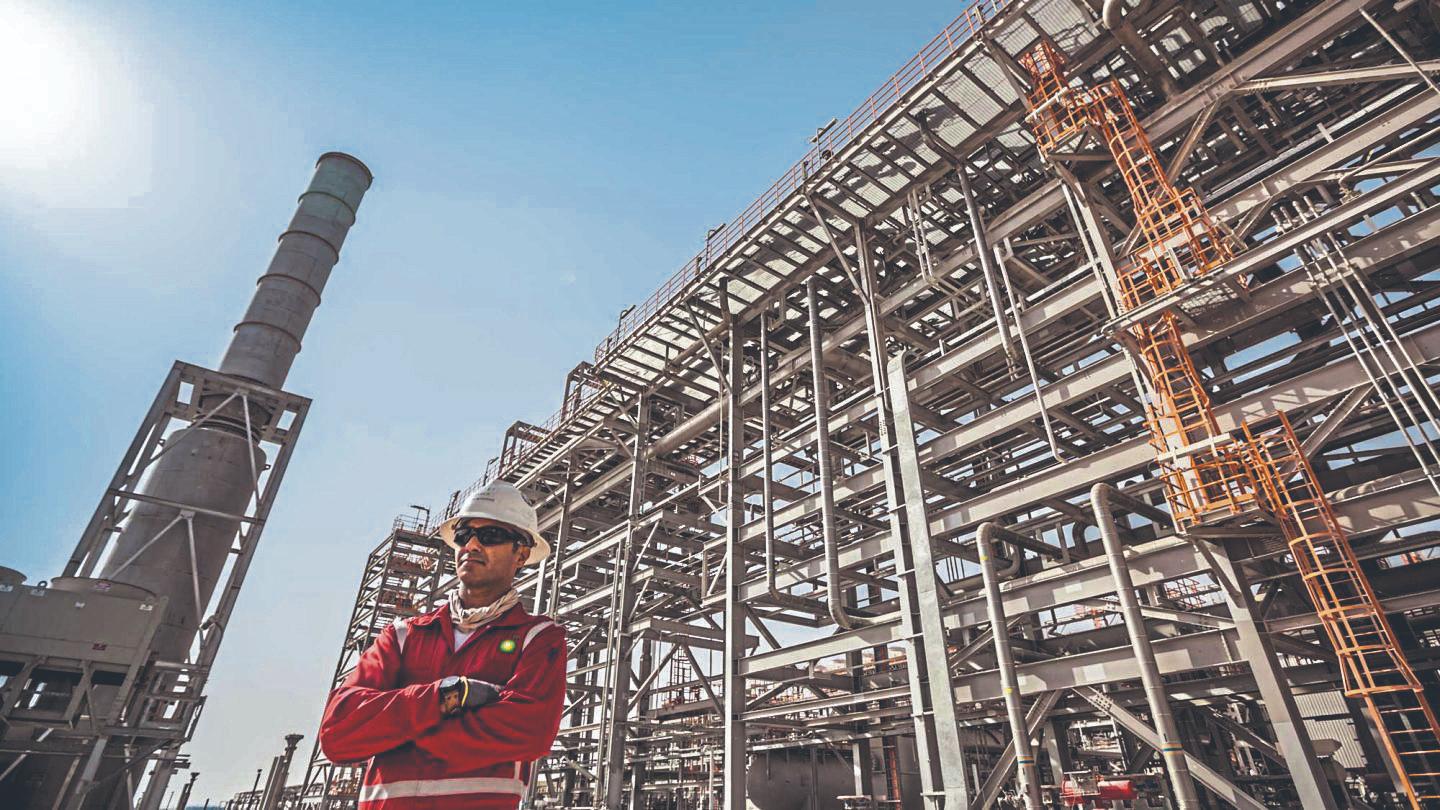
Mergers and acquisitions have been slowed by the COVID-19 outbreak. But as companies embrace the energy transition opportunities will arise
2020 has been a unique year. Global markets were decimated by a poorly timed oil price war between Saudi Arabia and Russia, and economic activity continued downward throughout the summer as economies all but shut down. Having contended with a record low in oil prices and diminished demand as lockdowns continue and habits change, two of the oil and gas industry’s biggest players – BP and Shell – are making a strategic shift from international oil company to international energy company. However, the sector is nothing if not resilient. While BP and Shell’s shifting focus is indicative of the growing movement towards renewables and cleaner forms of energy, there remains a vast wealth of resources to develop and mergers and acquisitions will rebound.
Sustained downward pressure on prices because of an array of political, commercial and environmental reasons has disproportionately affected interest in certain types of projects. There have been few FIDs taken on ultra-deepwater, oil sands or oil shale projects, for example. The same concerns have subdued interest in licensing rounds and other greenfield ventures, but farm-ins and direct government negotiations for brownfield gas projects remain relatively buoyant in the asset market. Meanwhile, there are bargains to be had as company valuations have been driven down along with their assets and this is fuelling corporate oil and gas M&A.
Mergers and acquisitions
Unsurprisingly, most mergers and acquisitions activity has and will come from cashed-up majors. According to Andy Brogan, Global Oil & Gas Leader at EY: “Large and financially strong companies continue to have appetite for strategic deals, including bolt-on acquisitions, and the current crisis will likely provide suitable opportunities.”
For others, significant debt and limited access to capital are cumbersome obstacles. While there may be will, “to a large extent,
the oil and gas industry doesn’t have access to equity capital markets or debt capital markets […] so raising new capital to consummate mergers and acquisitions is difficult,” says Arindam Das, head of consulting at Westwood Global Energy.
However, with investors growing ever-more sensitive to environmental, social and governance (ESG) metrics, we are seeing many oil and gas companies repositioning for a more holistic energy future, particularly in Europe. With BP and Shell seeking to lead the way, these companies must adapt to the new normal, increasing accountability for the impact of day-to-day business. This too though, has presented significant opportunity for lateral rather than vertical integration. Super-majors have been making solar, wind, battery and infrastructure acquisitions to ensure that they align operations with their new strategic objectives more swiftly.
The same trend can be observed in the services sector, with fabrication and EPC companies acting quickly to remain relevant as demand for new turbines outpaces that for new jack-ups. Examples of the services sector going green include Aberdeen-based Wood Group, Italy’s Saipem and Dubai-headquartered Lamprell, which have all sought to transform from ‘oilfield’ to ‘energy’ services firms. Meanwhile, US-based Kellogg, Brown & Root (KBR) was reported in June to have that it would turn its back on most of its energy projects to focus on government contracts. This diversification is likely to continue, either through organic means or renewable energy M&A transactions as the sector expands globally.
Varied approach to expansion
Perhaps the clearest examples of the increasingly selective approach are in Israel. In July, US super-major Chevron agreed the $5bn takeover of fellow American firm Noble Energy, which operates the producing Leviathan and Tamar gas fields in the Israeli offshore, as well as Aphrodite in neighbouring Cyprus. While Noble holds unconventional assets in the US DJ and Permian basins, American shale gas plays have fallen out of favour over the past 18 months and the company’s influence in the emerging Eastern Mediterranean gas play is thought to have piqued Chevron’s interest.
Leviathan, which is Israel’s largest gas field, was discovered in 2010 and belatedly came on-stream this January following years of political and legal challenges as well as uncertainty about monetisation. With Noble and local partners Delek Drilling and Ratio Oil Exploration having contracted around 75-80% of Leviathan’s gross output of 12bcm per year for 2021-2034, that uncertainty has now gone, and Chevron decided to pounce. However, while Israeli energy minister Yuval Steinitz said in mid-September that Chevron’s entry into the Israeli gas sector was a “huge expression of confidence” in the country, the same enthusiasm has not been evident in the ongoing offshore licensing round.
Speaking to EnergyVoice, Amit Mor, CEO of Israel-based Eco Energy, said that while it is important for Israel to have a large company like Chevron involved, this has not had any impact on the auction. “We don’t envisage any significant interest in this round,” he said, “in international terms, the blocks on offer are very small.” Mor added that while Noble has had an important role in the development and growing reputation of the Israeli offshore, its success has not opened the floodgates as had been hoped. Recent licensing rounds have been rumours to have attracted interest from some of the world’s largest oil companies, but bids failed to materialise, leaving mid-sized independents to battle it out.
A similar story can be told in Oman, where interest in a five-block oil exploration-focused licensing round was minimal, but major nearfield gas development deals have been signed with ENI, Shell and Total. Meanwhile, BP is reported to be in talks to sell a 10% stake in the Khazzan gas field to China’s CNPC as the super-major progresses with its energy transition. This risk-aversion has become a common theme throughout the industry and with the exception of Suriname, which has become the next enticing frontier play, companies have been reticent to take on high risk/high reward exploration, favouring instead nearfield opportunities or embracing the transition.
On the M&A transactions slate
However, as core assets become non-core for those companies making a pointed effort to shift from IOC to IEC, capital intensive oil assets are likely to come onto the market, offering significant opportunities for those willing to back oil.
BP envisages its gas portfolio being complemented by oil assets considered to be “advantaged in the energy transition; this is oil we can produce at a lower cost and higher margin, with faster payback times and ready access to markets, and maintaining a rigorous focus on carbon”. In mid-September, the company’s head of upstream Gordon Birrell said that this will involve the sale of roughly 600,000 boepd of oil and gas production capacity by 2025. However, the firm remains committed to increasing output in high-margin areas like US unconventionals and the Gulf of Mexico. Birrell said: “For oil, almost all of the strongest opportunities that would fit within our capital frame are tiebacks or infills. There is also a heavy weighting to highly resilient regions like the onshore and offshore US.” The reduction is exclusive of the company’s Russian assets and given its expertise in deepwater development, assets in this category are likely to be ringfenced.
However, there are numerous assets that could be on the mergers and acquisition block, and others, like the delayed Tortue LNG project could be cancelled altogether. In addition to the share of Khazzan that is rumoured to have attracted CNPC, BP has already completed the sale of its upstream and midstream business in Alaska.
According to consultancy Wood Mackenzie, other non-core assets BP could look to shift include its acreage in the Canadian Arctic, exploration concessions not connected to legacy fields in India or Indonesia and those that are removed from existing operations like Madagascar or Peru. If BP will not be adding more non-core production, Iraq’s supergiant Kirkuk oilfield where the company had been performing technical studies, is likely to be up for grabs. This could be of interest to a wide variety of companies, though would perhaps make the most strategic sense for Russia’s Rosneft, which already operates export pipelines from the Kurdistan region.
On the prowl for Mergers and Acquisitions
Just as it is uncommon for asset sellers to speak publicly, there may be a raft of IOCs, independents, etc. on the lookout for new deals. However, Australia’s Woodside Petroleum and Malaysia’s Hibiscus Petroleum have both stated their intention to take advantage of the current market to add to their portfolios.
Meanwhile, services firm Honeywell’s SVP and CFO Greg Lewis recently told The Wall Street Journal: “We absolutely want to go and deploy capital,” noting that the current market conditions presented an opportunity to do just that.
In previous years, major mergers and acquisitions have happened without any prior warning but given combination of financial strain and the proactive transitions being undertaken, there are likely many more asset owners willing to listen to M&A offers than ever before. With the full impact of the COVID-19 pandemic still to play out, it may not be until full-year 2020 results are announced that we get a better idea of the assets that might be available, but Q2 results and changing corporate strategies certainly provide clear indication.
Follow the latest energy sector mergers and acquisitions news and updates at Energy Voice mergers and acquisitions.
Recommended for you


